Spirituality and Menopause
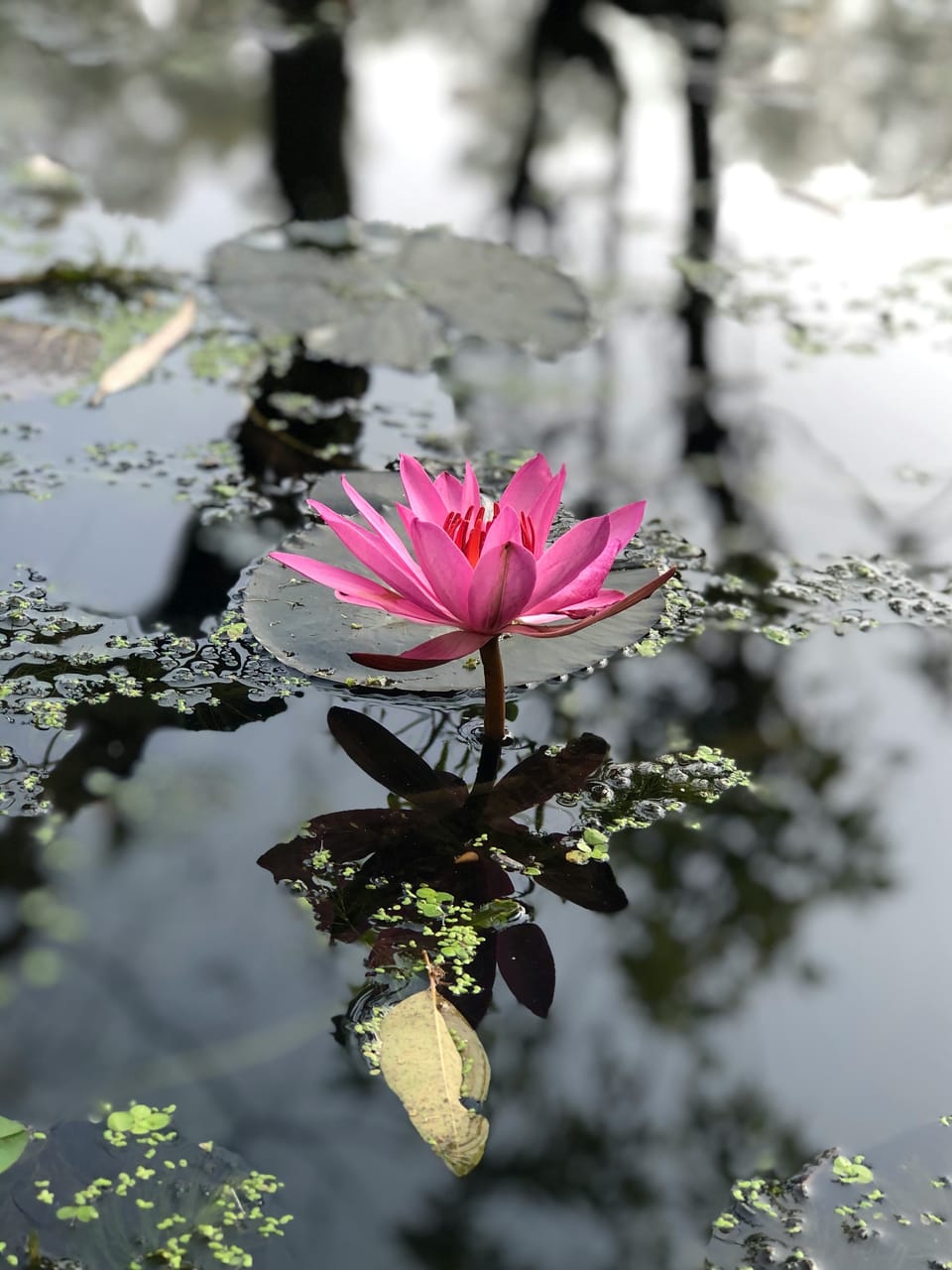
“May you be like the lotus, at home in the muddy water.”
A yoga teacher I used to study with would say this at the end of each of her classes. Lotuses are full flowers that rise on stalks submerged in water and open to the sun like cups filled with color. They prefer the rich, fertile medium of muddy water. As a metaphor and blessing it has always seemed to me both appropriate and appropriately aspirational for humanity. Most of all, it speaks to embodiment, being something (someone) in particular, within a specific set of circumstances.
From its inception, feminist theology has oriented itself around and emerged from the unavoidable fact of incarnation, of being a being in a body. In part this is because for thousands of years monotheistic religions and their theologies have equated women with their bodies and the unique functions of their bodies, specifically menstruation, pregnancy, childbearing, and menopause. These theologies then proceeded to denigrate women, the live-giving processes inherent in women’s bodies, and by extension, any other bodies viewed as female, feminine, or other than (human) male, including Earth itself.
However, feminist and womanist theologies have not simply grown out of this negation. They also tend to positively construct themselves out of the raw material of material, that is, of matter. They are pragmatic and sensible, often concerning themselves directly with the intimacies and intricacies of relationships, interdependence, difference, conflict, and justice. They are typically not constellated around an abstract truth or set of doctrines but are focused on the immanence of divinity and spirit in the material, fleshly world that comprises and surrounds us. These theologies do not harden and reify, in part because they are not religions, but ways of studying or understanding how god moves in the world. But also, it is generally in their nature to recognize the fact of change—flow and cycle, rest and return, empty and full, release and receive.
The embodied experience of change, the deep knowledge gained by living in the cycles of the body over which one has little control, and by both suffering and benefiting from those cycles, puts women into a different relationship with life (and with all of those who have bodies) than men. We can choose to consider these differences as a possible doorway to understanding spirituality and divinity or not. However, as Pavey (2025) writes, “when embodied experiences (such as menopause) intersect with theology, there are ‘[n]ew possibilities for imagining God and ourselves…and…a wealth of new questions’” (p.8).
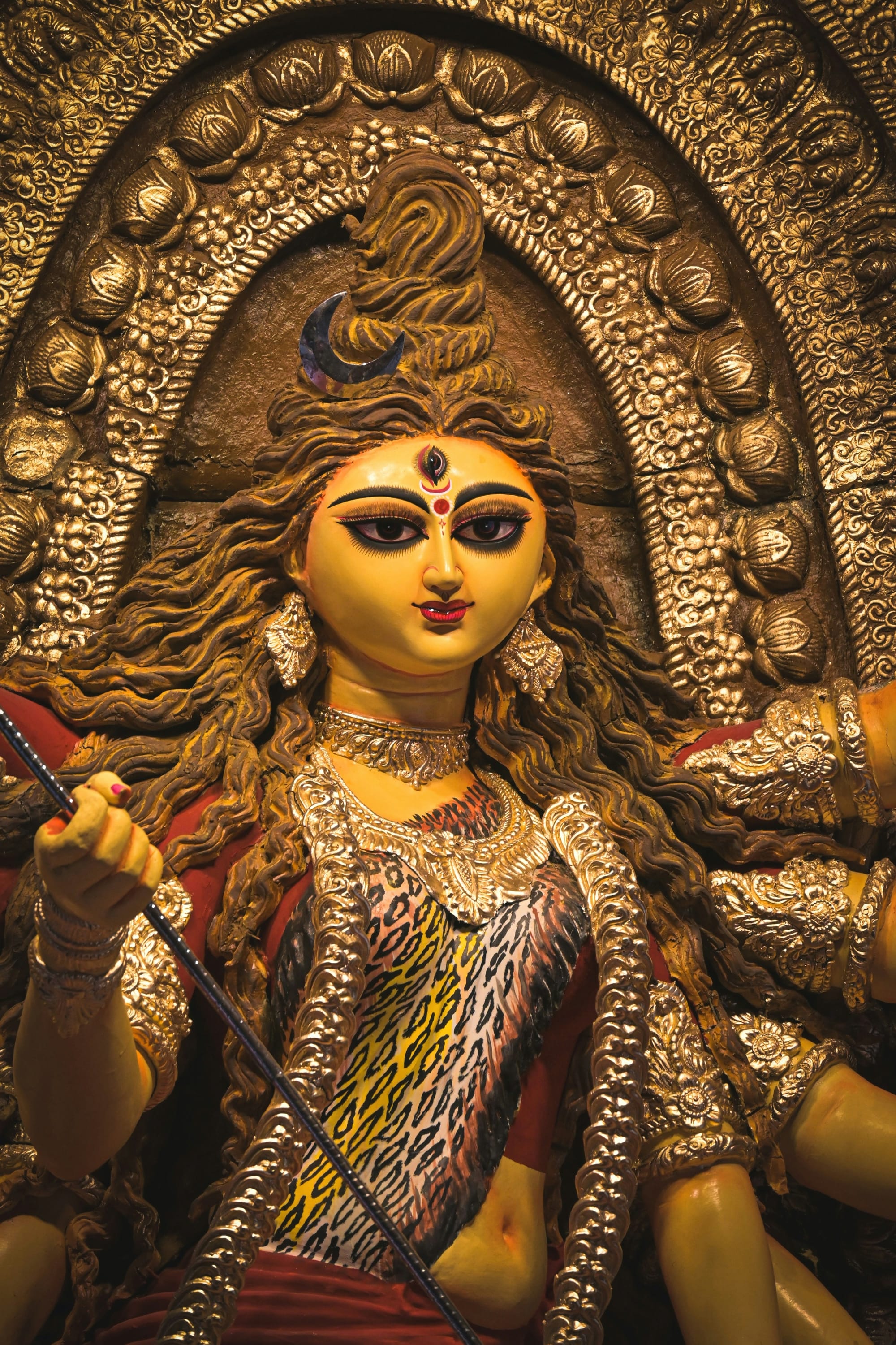
I have been seeking a spirituality compatible with menopause, and I am not the only one.
· In her memoir of menopause, Flash Count Diary, Darcey Steinke describes myriad crossovers between her experiences of perimenopausal symptoms and the liminal space of perimenopause in language that directly and indirectly evokes religion and spirituality.
· Welsh author Sharon Blackie explores images of aging women from Western myth and folklore in her book Hagitude. She offers Indigenous European perspectives on the archetypes of hag, witch, and crone in an effort to give contemporary women role models for negotiating this time and encourage us to undertake the inner work involved in becoming an elder, rather than simply old.
· And Emma Pavey, an artist and researcher in menopause and theology, (2022) says, “I have come to realize that my imaginary and bodily experience of (peri)menopause will be strongly influenced, even constructed, by the narratives I frame it with, the ‘myths [I] live by’” (p.4).
Typically, menopause is described and approached as a biological and medical event: “The medical model of menopause…currently the dominant narrative in the public sphere in the West [is] colonising the experience to the degree that it is often presented simply as scientific truth” (Pavey, 2025). However, as Blackie says, “even if we can bring ourselves to talk about the biological and psychological dimensions of aging, more often than not we back away from discussing the existential—or spiritual—dimensions.” Most people who experience menopause will live a full third of their life or more in the postmenopause phase, yet “we avoid the only question that it makes sense for us to ask now: What is all of this life for?” (Blackie, 2022).
In my childhood I was a Catholic, but as I became a woman I found I could not accept the misogyny and bigotry of the Church, nor the idea of a father god.
In my twenties, I embraced pagan rituals and a female image of the divine, but found that, as a source of sustenance and succor during the shitstorms of life, these practices could not offer me ballast, comfort, or context.
In spite of becoming a full-time yoga teacher and having a daily practice in my late twenties and early thirties, the philosophical and spiritual teachings of yoga never really sustained my interest.
What I came to realize years later is that the teaching of yoga was my primary spiritual practice at that time. My relationships with my students, how I received them, responded to them, and taught them was how I embodied the ethical principles of yoga—nonviolence, respect for boundaries, non-judgment, self-knowledge, integrity, discipline, and generosity. It was deeply satisfying and meaningful in ways that a headstand never could be, and I did not know that teaching was the core of my spiritual practice until it was gone, and I felt an emptiness, confusion, and loss it took me a long time to identify.
At that point, I attempted to turn more fully toward Buddhism. As my body had strengthened and opened over the years on my yoga mat, and it was finally possible for me to sit stilI and walk slowly in silent meditation for sustained periods of time, I had started attending meditation retreats. But I found I could not embrace the dharma in the way that I wished to. Despite his calm invitation not to take his word for things, and to engage the practices and find out the truth for myself, I was, frankly, suspicious of the Buddha. I did not want to fall into line behind another man telling me the “Truth.”
Still, although one can certainly find Buddhist teachings that diminish the body’s importance and articulate the inferior status of women, there are a few key points in the Buddha’s favor.
· Originally Siddhartha Gautama, the man who became the Buddha, attempted to achieve enlightenment through mortification of the body. He fasted for six years, and it was said that one could see the bones of his spine through the skin of his abdomen. Finally, a young woman named Sujata offered him a bowl of sweetened milk and rice. He took it, ate, and finally had the strength he needed to meditate and achieve enlightenment. This acknowledgement of the needs of the body, as well as the need of our spirits for the health and well-being of our bodies, led the Buddha to espouse the Middle Way, a path of balance and equilibrium, eschewing both extreme self-denial and self-indulgence. This story also reveals that he was willing to accept help from a woman, without whom he would not have attained enlightenment.
· Although the Buddha initially resisted ordaining women for reasons that have never been clarified, and subsequent generations of monks ensured the subjugation and/or extinction of female religious orders, the Buddha himself never denied that women were equally capable of achieving enlightenment as men and corrected others who asserted this.
· As the Buddha sat meditating under the Bodhi tree getting closer to enlightenment, he was assailed by the armies of Mara, a demon representing the forces of greed, hatred, and delusion. The Buddha prevailed against them all until Mara finally challenged him to prove his right to claim enlightenment. At this point the Buddha touched the Earth and Vasundhara, the Earth goddess, vouched for his right to claim enlightenment and swept the armies of Mara away.
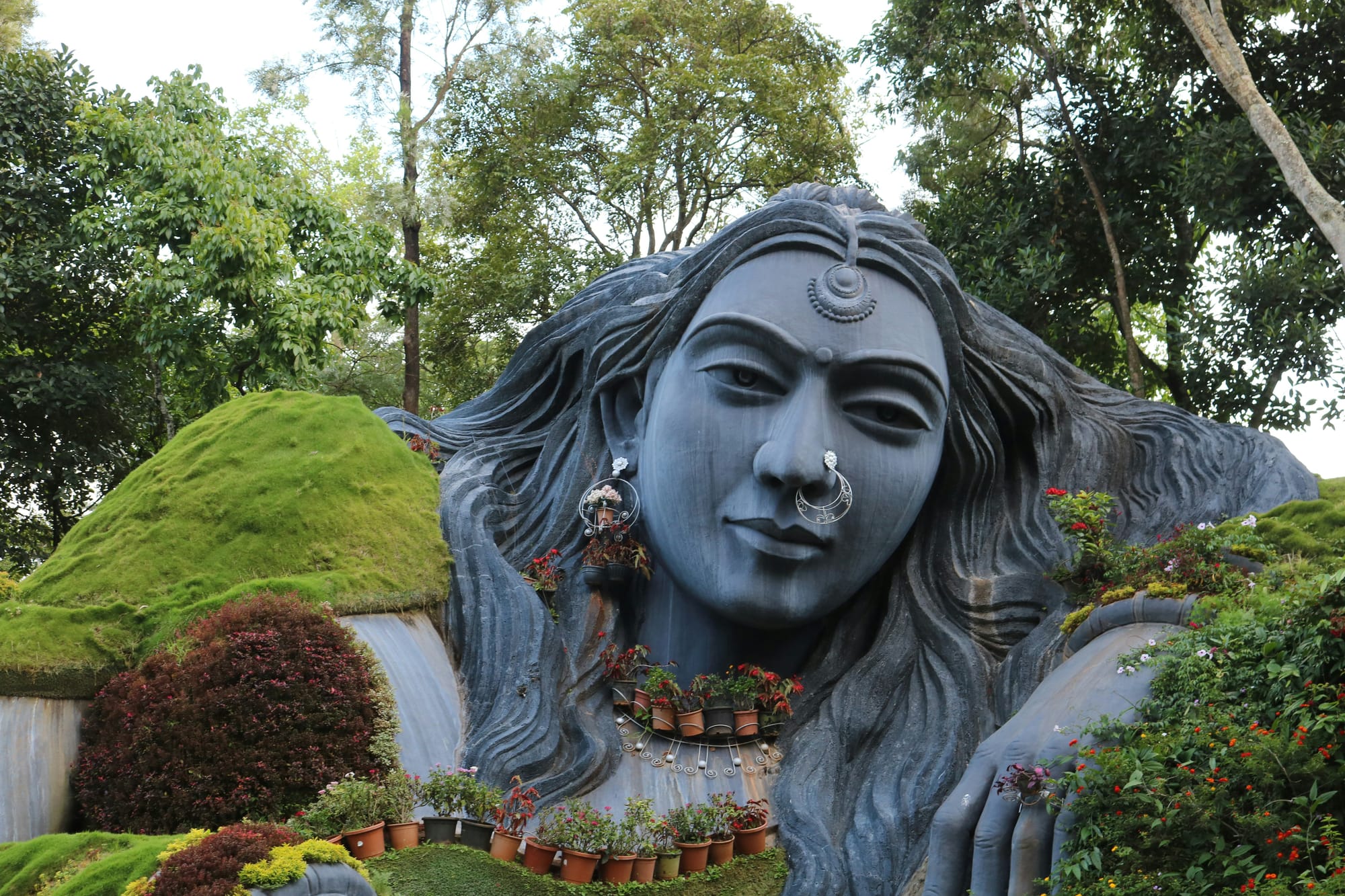
I do not consider myself a Buddhist, but in all the religion wrestling and spiritual exploration I have done, Buddhist teachings and practices are the most unflinching, pragmatic, and sane I have ever encountered. They are not always easy to look at directly or come to terms with, but they are leavened with practices offered by the Buddha himself to comfort the fearful, cultivate compassion in the face of pain, nurture pleasure in others’ joy and good fortune, and embrace equanimity amid the winds of change.
Additionally, although Buddhism has a reputation for being a philosophy more than a religion and for being intellectual and psychological more than somatic (body) or heart-centered, the practices of Buddhism are actually quite visceral. Insight and maturation of the heart-mind are completely dependent upon radical intimacy with the nature of reality as it is known through body sensations, emotions, and thoughts. All of these can only be known because we have a body. In Buddhism, even as the body is understood to be transitory in nature, it is the doorway through which we come to know those things that are not transitory.
According to Buddhist teachings impermanence is one of the three characteristics of existence. That change is the only constant appears to be a given, a reality that impresses itself upon us in increasingly literal ways as we age. As months and years pass, the maps and landmarks of places we’ve lived are redrawn and replaced; wrinkles stamp our faces where we have laughed, frowned, or worried; the fires of our previous passions become embers, and we find our inspiration in places we never knew had existed before we ourselves were altered.
There are times in our lives when the pace of change seems to accelerate, with both internal remodeling and external events speeding up. At times it can feel as if the velocity of metamorphosis itself is taking over the living our lives, wresting control of our executive functions from the prefrontal cortex of our brains, now busily undergoing a massive reorganization we never agreed to.
On April 30, David Remnick, editor of The New Yorker, wrote, “We are living in an age of chaos and bewildering velocity. It is, at times, a hard moment to be alive and try to understand fully where we are going.” Coping with the profound upheavals that have happened in my own body and personal history the last several years, in addition to the pandemonium nationally and globally, has been complicated by the fact that I do not have a reliable religious belief or spiritual practice in which to place my faith. I don’t really have faith; I have doubt.
A couple of months ago, desperate to reconnect with some teaching and practice that was bigger and older than me and the mess around me, I decided to commit to an online meditation retreat. It has been several years since I last went on retreat and I was nervous about how it would feel to be in silence, to attempt to follow my breath for any length of time, to sit still. Two weeks ago, I moved myself, my yoga props, a meditation cushion, and five days’ worth of food into the studio above our garage. On the very first night one of the teachers shared this haiku with us:
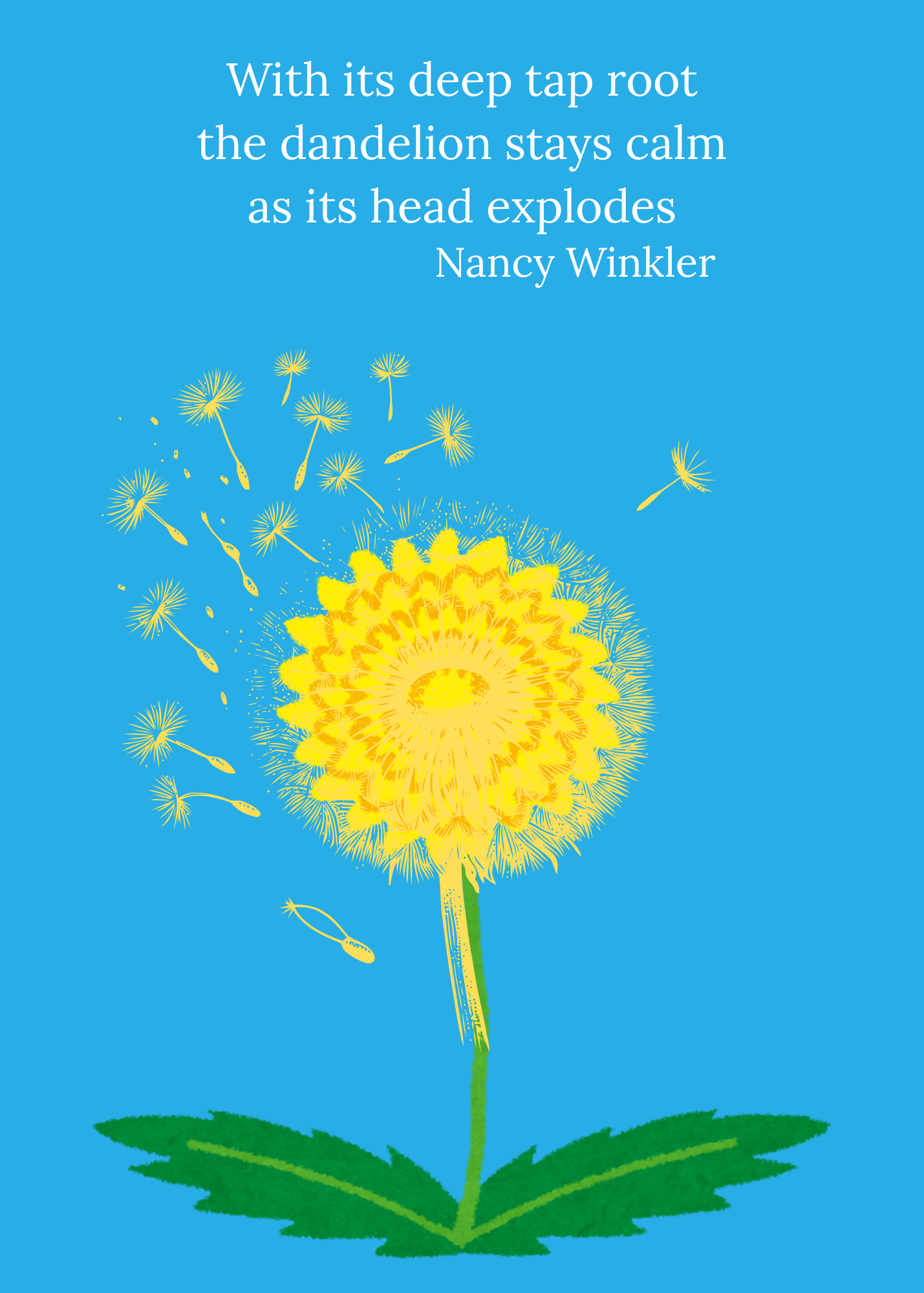
I knew immediately that I was in the right place. I suppose this is one reason Buddhism is something I return to again and again despite my conflicts with it. Within this tradition I consistently meet teachers, teachings, and practices that compassionately acknowledge how difficult it is to live this life, how pleasurable, yet painful, it is to be in a body, how much suffering inheres in being. While the quest for enlightenment conjures romantic and rather ephemeral images, the Buddha never presented the path as anything other than a physically and psychically arduous undertaking punctuated by rare and impermanent moments of elated insight or unusual bliss.
At the end of one of the first guided sitting periods during the retreat, one of the teachers asked, “Can you feel the change that is happening inside, even as you sit?” I cried as I thought of all the changes I have felt, all the changes I do feel, inside of me and in the world around me. The truth of impermanence, which, crucially, is not the same thing as transformation.
We know and speak of the menopause transition as “The Change.” We might assume that once we have come through the stress of all the physical, mental, emotional, and relational tumult we will be different, changed. But I was reminded recently by Dr. Jessica Drummond, the founder of the Integrative Women’s Health Institute, that “transformation is not the same as change.” Because you cannot return from transformation. The word transformation literally means to cross over into another shape or form. Through this alchemical process of crossing over, one comes not only to inhabit a different form but to know oneself as a different being. A metamorphosis occurs, and you are no longer the one you were, nor can you return to who you were before.
Practices, insights, teachings, and myths that ground and inspire us are, I suspect, crucial for supporting us in making this period of chaotic, scary, tumultuous change into a crucible of transformation. Just as they were for the Buddha, goddesses, guardians, angels, and wise women may all be necessary companions on the path of who we aspire to be in the world.
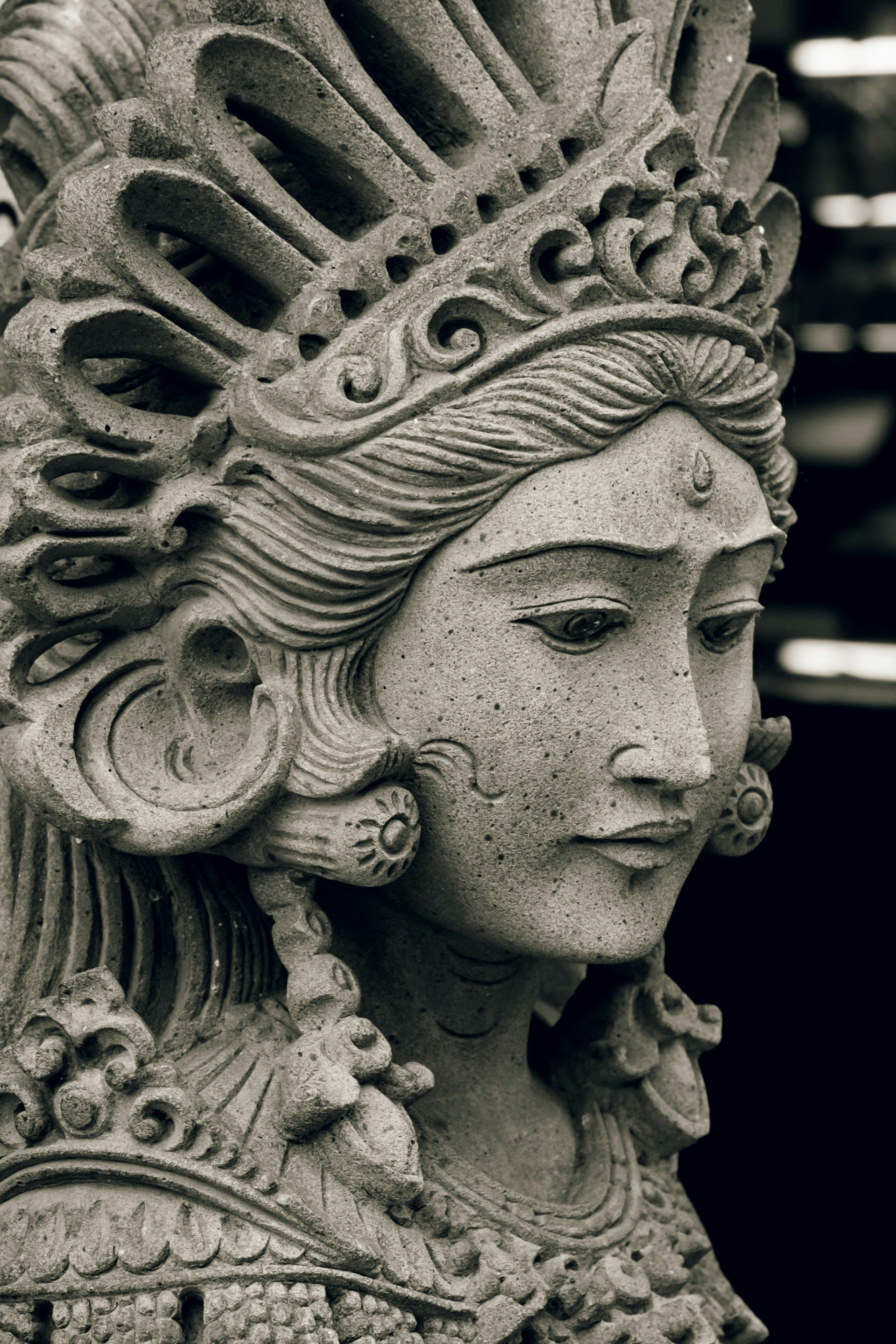
References
Blackie, S. (2022). Hagitude: Reimagining the second half of life. New World Library.
Pavey, E. L. (2022). The change: Yoga, theology and the menopause. Religions, 13(4), 306.
Pavey, E. L. (2025). Towards a Public Theology of Menopause. Religions, 16(4), 525.
Steinke, D. (2019). Flash Count Diary: Menopause and the vindication of natural life. Farrar, Strauss, Giroux.